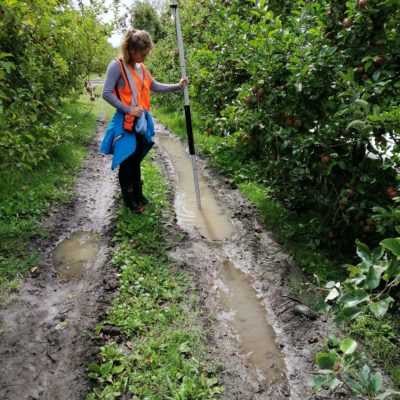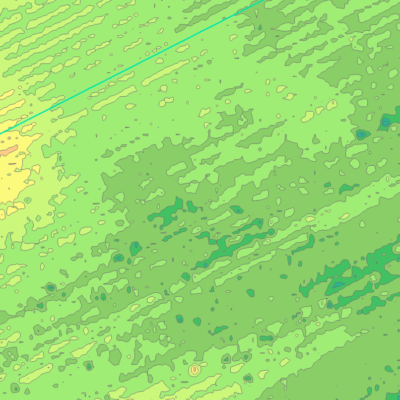LandWISE visited Leaderbrand Gisborne earlier this week, where Nick Pollock, one of the Farm Production Managers there had invited us to hold a VSA, Fertiliser Equipment Calibration, and Quick N-Test Field Day. Nick ensured his tractor operators and crop managers were up to speed with good practice by encouraging them to take part in the day’s activities and share their experiences making day-to-day on-farm decisions regarding cultivation and fertiliser application.
Starting off the day with a fertiliser calibration, we were pleased to see the strong understanding of how to run a calibration test by their staff, and the use of practical charts to help drivers choose the right speed and revs for the field they’re working in and fertiliser product they’re applying.
Salad crops are a significant part of Leaderbrand’s production, and to accommodate this unique growing method, where planting densities are high, and crop maturity is reached in as little as 60 days, they have adopted new fertiliser application technologies which minimise waste. Calibration of these systems is especially critical to ensure uniformity of crop establishment during the short growing period and maximise the crop’s nutrient use efficiency. Using our calibration tool FertPlace, we were able to identify the application uniformity across the bed and calculate the application rate at a standard speed.
Visual Soil Assessment (VSA) – the process of assessing soil quality by eye and feel was developed by the soil scientist Graham Shepherd and has been around for a while (the first edition of the Visual Soil Assessment Field Guide was published in 2009).

Demonstrating this process in a nearby paddock, where Leaderbrand has been following controlled traffic systems for the past 5 years, showed some surprising results. The soil structure of the cultivated bed had significantly better porosity, stability of aggregates, and drainage characteristics when compared with the compacted “road” soil in the wheel tracks. The side-by-side comparison of the soil from the cultivated beds and a long term pasture soil from under a fence line in the same paddock showed that even a heavy Makauri Clay Loam soil can score well on the VSA when treated with care as Leaderbrand have committed to by adopting Controlled Traffic Farming.
Following this first look at soil characteristics under cropping, we visited a recently disestablished vineyard that is being leased by Leaderbrand for cropping in-between developments. The short break in production had allowed them to dig an impressive viewing hole that demonstrated the variability in soil structure, texture, and organic matter at different depths in the profile. As seen in the figure below, the Waipaoa Silt Loam profile has a buried topsoil (Matawhero Silt Loam) at 40cm depth, remaining from before the 1948 flood of the Waipaoa River.

To finish off the field day, a demonstration of soil sampling and using Quick-Nitrate Test Strips was completed for a Leaderbrand lettuce crop.
As part of FPVP, LandWISE is helping growers to adopt this tool as an in-field method to determine the soil supply of N during the growing season. More information about this test process and the proof of concept research, led by Plant and Food Scientist Matt Norris can be found here.
For those already using Nitrate Test Strips, the Quick Test Nitrate Mass Balance Tool which converts the Nitrate Test Strip results from ppm into a kg/ha Nitrate-N value can be found on the FAR website.
Our acknowledgement and thanks go to Leaderbrand Gisborne for supplying us with equipment to test, and setting aside their time to take part. We also gratefully acknowledge MPI’s Sustainable Farming Fund, and the co-funders of the Future Proofing Vegetable Production project for making field days such as this one possible.


 LandWISE 19 “Rethinking Best Pratice” wrapped up less than a week ago, and we’re already in the planning stages for 2020. However, before we get too carried away with that, we reflect on this year’s conference and its highlights.
LandWISE 19 “Rethinking Best Pratice” wrapped up less than a week ago, and we’re already in the planning stages for 2020. However, before we get too carried away with that, we reflect on this year’s conference and its highlights.


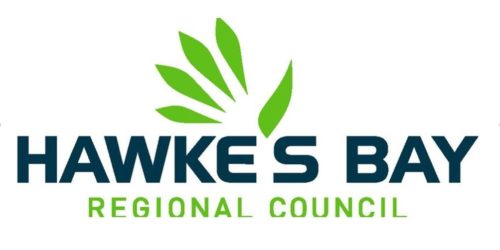
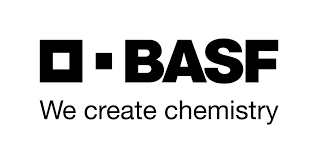
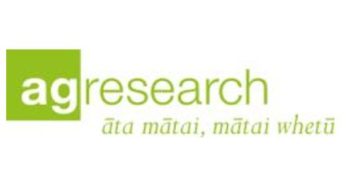
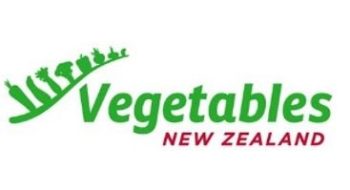
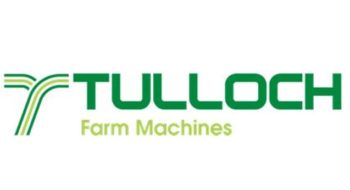
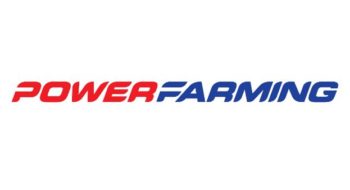
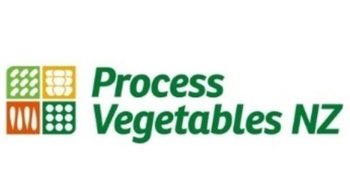


 This presentation will cover the updated fertiliser recommendations for vegetable crops in New Zealand, and the concepts behind them.
This presentation will cover the updated fertiliser recommendations for vegetable crops in New Zealand, and the concepts behind them. With such a variety and high calibre of speakers it should be a very engaging two days. More
With such a variety and high calibre of speakers it should be a very engaging two days. More 
